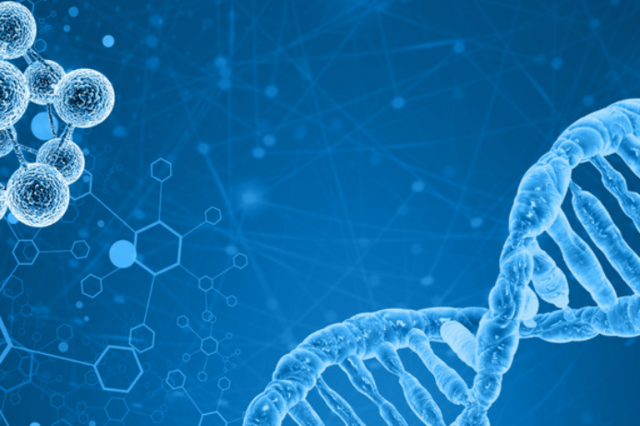Pathology and Pathological Diagnosis
时间:2023-10-28
People often ask what is the difference between clinical testing and pathological testing? How do pathologists diagnose cancer? Also, what kind of method is immunohistochemistry used in pathology?
Clinical testing is the use of advanced testing techniques to conduct physical, chemical, pathogenic, and microscopic morphological examinations of blood, urine, feces, secretions, and excreta samples from patients in vitro, in order to obtain simple and rapid detection results, which basically meets the needs of clinical doctors in screening diseases. Pathological examination is a bridge discipline between basic medicine and clinical medicine that studies the etiology, pathogenesis, morphological and structural changes of diseases, as well as the resulting functional changes. The task of pathological examination is to provide clear pathological diagnosis based on surgical specimens, various biopsy tissues collected from the patient's lesion site, puncture and exfoliative cytology, and provide possible etiological evidence or clues; Provide prognostic factors related to the disease, etc.

With the above preliminary understanding of pathological diagnosis, it is not difficult for us to know how pathologists make a diagnosis of cancer. When tumor patients (cancer patients) come to the hospital for treatment, surgeons or other doctors will cut a small piece of tissue (meat) at the tumor site, or use a needle to puncture some tissue and send it to the pathologist. In the pathology department, the sent tissue needs to be fixed with chemical reagents, dehydrated, and embedded in paraffin to make very thin glass slices. After staining with some dyes, it can be observed under a microscope. The pathologist determines whether the sent tissue has tumor cells based on the morphological changes of the tissue cells under the microscope, and makes a diagnosis of the type of tumor, whether it is cancer, and whether it is highly malignant or low-grade malignant.
Unfortunately, many tumor tissues and cells look very similar under a microscope, making it difficult for pathologists to accurately determine the nature of the tumor and make differential diagnosis. Only by clarifying the nature of the tumor can clinical doctors develop the most effective treatment plan for different tumors. So how can this problem be solved? With the progress of society and the development of science, specific substances on the surface and inside of tumor cells have been studied at the molecular level. Through a detection method, pathologists can see the expression of these substances under a microscope. They can make differential diagnosis and preliminary characterization of tumors based on the different substances expressed in different tumors. This method is called immunohistochemistry.
Immunohistochemical method is a method of accurately and specifically expressing substances at the molecular level, which may be related to cancer cells, bacteria, viruses, and so on. Since the successful production of these specific antibodies, the tissue structure can be displayed at the molecular level, and these specific antibodies can bind to specific structures in tumor cells, these antibodies are called monoclonal antibodies. Incubate these monoclonal antibodies on glass slides of tissue slices and perform specific reactions with specific target cells in the tissue. Then, dye is used for staining, and the antibodies bound in the tissue section are displayed in brown or red to facilitate the pathologist's observation and judgment under the microscope, making the correct pathological diagnosis of the tumor tissue. The entire process of this technology is called immunohistochemistry.




 鄂公网安备42090202000178号
鄂公网安备42090202000178号